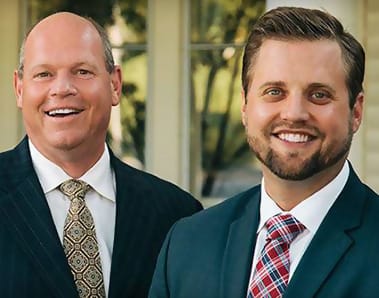When you’re driving, you might notice that not every driver is doing what they’re supposed to. One person might be speeding. Another might be weaving in and out of traffic. In general, people aren’t always great at following traffic laws, and that can put them and others at risk of being involved in a crash.
While many people don’t intend to cause a crash, they may still be considered negligent drivers if they do end up making a mistake that leads to a collision. To prove that a driver was negligent, you will need to show that:
- The driver owed a duty of care to those around them (all drivers owe a duty of care to others on the roads).
- A breach of that duty. For example, if the driver leaves their lane without a turn signal, they could be accused of breaching their duty.
- The driver caused the crash as a result of their actions.
- You suffered injuries and damages as a result of the other party’s actions.
If you can show all of these things, then you can pursue a claim against the driver, who will be seen as being at fault in the crash.
What kinds of damages can you seek after a crash?
After a crash, you can seek compensation for many different kinds of financial losses. Some things you may want to seek compensation for include:
- Lost wages
- Medical bills
- Travel costs (to and from appointments, the hospital, etc.)
- Repairs or modifications to your home to make it handicap accessible
- Medical devices
Before you take a settlement, your attorney will make sure that you understand the full cost of your injury and what you should expect as a fair payment.



